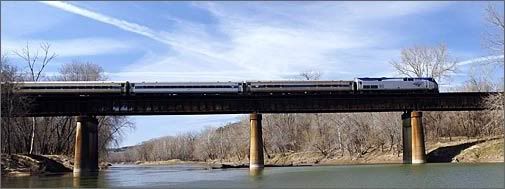Burning the Midnight Oil for Living Energy Independence
{I’m still sick, so I am going back to a 24 July 2006 dKos post, slightly updated (additions/amendments in braces and italics like this paragraph) to recall why the Sunday Train goes out under the “Living Energy Independence” banner.}
 All to often, the idea of Energy Independence has its priorities reversed. Scratch under the surface, and all too often the question lurking is, “How can we get as close as possible to Energy Independence without any real changes in the way we live and move?”
All to often, the idea of Energy Independence has its priorities reversed. Scratch under the surface, and all too often the question lurking is, “How can we get as close as possible to Energy Independence without any real changes in the way we live and move?”
Stop and think about that … really think about it, with your heart instead of your habits of thought. People – good people – are fighting and dying right now in Iraq {and Afghanistan} in a failing occupation, following a successful invasion … in pursuit of a continued Energy Dependence policy.
In your heart, do you think that is a fair price to pay? If you do, do not read any further.

 What is the CEI? It is the “Cost Effectiveness Index”, used to evaluate applications for capital improvements in transit. As described by Yonah Freemark at
What is the CEI? It is the “Cost Effectiveness Index”, used to evaluate applications for capital improvements in transit. As described by Yonah Freemark at  A few weeks back,
A few weeks back, 



